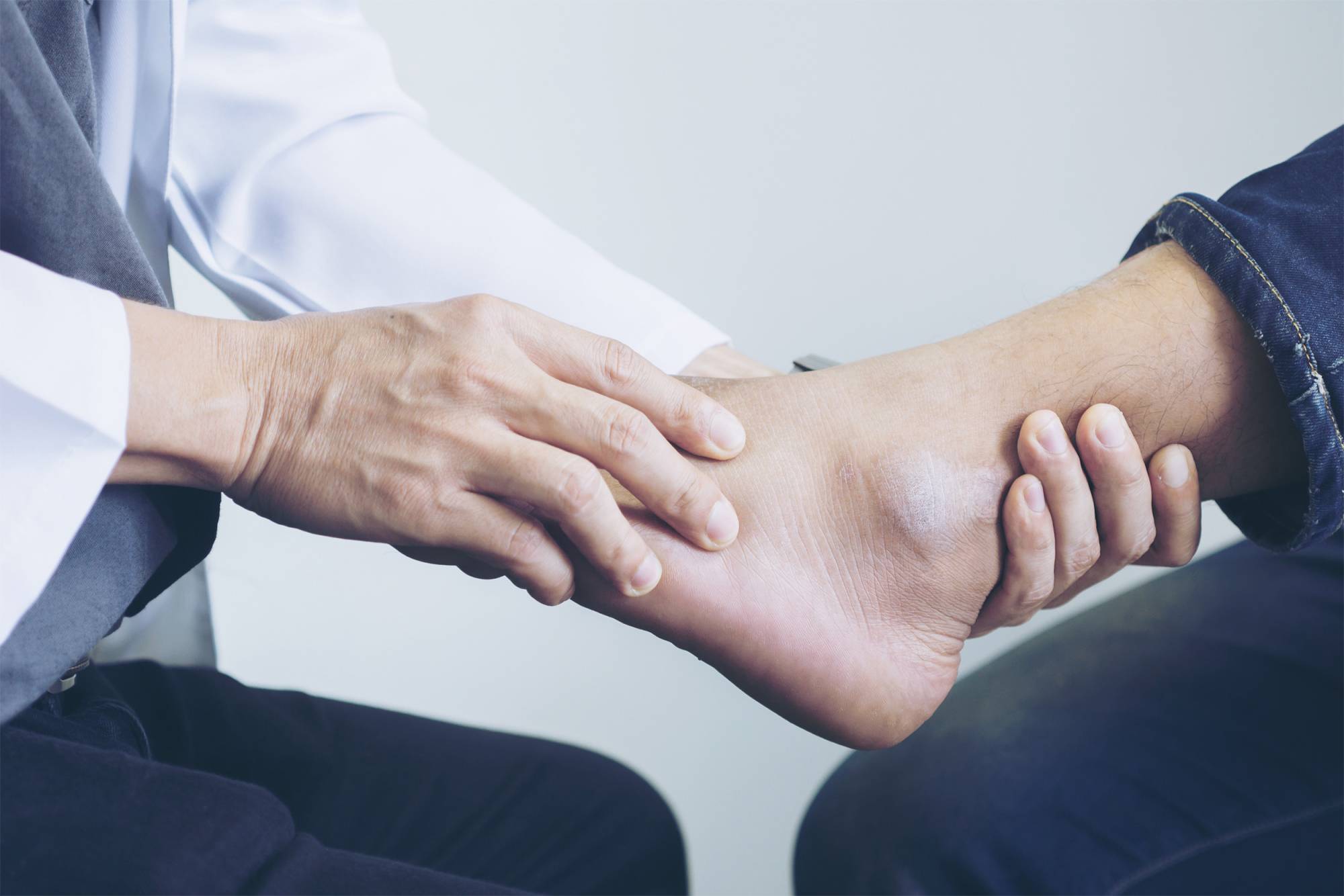- Accueil
- Chirurgie de la cheville
- Tendinopathies d’Achille
- Understanding Achilles Tendinopathy: Causes, Symptoms, and Treatments
Tendinopathies d’Achille
Understanding Achilles Tendinopathy: Causes, Symptoms, and Treatments
Understanding Achilles Tendinopathy: Causes, Symptoms, and Treatments
Achilles tendinopathy refers to the degeneration of the Achilles tendon, which connects the calf muscles to the heel bone. This condition often results from overuse and is prevalent among athletes and individuals engaged in activities involving repetitive stress on the tendon.
Causes of Achilles Tendinopathy
Several factors contribute to the development of Achilles tendinopathy:
- Overuse: Repetitive activities, such as running or jumping, can strain the tendon.
- Improper Footwear: Wearing shoes without adequate support can increase stress on the tendon.
- Biomechanical Issues: Flat feet or misaligned foot structures can place additional strain on the tendon.
- Age: The tendon's structure weakens with age, making it more susceptible to injury.
Symptoms of Achilles Tendinopathy
Common symptoms include:
- Pain: Discomfort or pain at the back of the heel, especially during activity.
- Stiffness: Notable stiffness in the tendon, particularly in the morning.
- Swelling: Swelling or thickening of the tendon area.
Treatment Options
Management of Achilles tendinopathy typically involves:
- Rest: Reducing or modifying activities to decrease stress on the tendon.
- Physical Therapy: Implementing exercises to strengthen and stretch the tendon.
- Footwear Adjustments: Using supportive shoes or orthotic devices to alleviate strain.
- Medications: Nonsteroidal anti-inflammatory drugs (NSAIDs) to manage pain and inflammation.
In severe cases, surgical intervention may be necessary to repair the damaged tendon.
Prevention Strategies
To prevent Achilles tendinopathy:
- Gradual Increase in Activity: Slowly increase the intensity and duration of physical activities.
- Proper Footwear: Wear shoes that provide adequate support and cushioning.
- Regular Stretching: Perform calf and tendon stretches to maintain flexibility.
Early recognition and appropriate management of symptoms are crucial to prevent progression and ensure a timely return to activities.
Prendre rendez-vous
Les champs indiqués par un astérisque (*) sont obligatoires
Demande de téléconsultation ou prise de rendez-vous


 Prendre rendez-vous
Prendre rendez-vous
